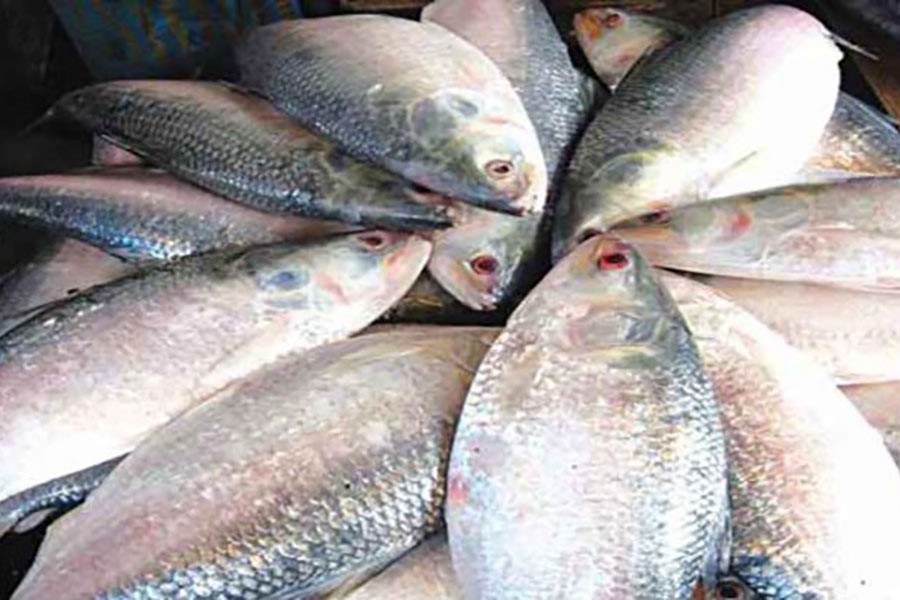The disclosure of the genome sequence of the hilsa fish has created a tremendous scope of increasing production through developing the resource of the fish in the country, said State Minister for Fisheries and Livestock Ashraf Ali Khan Khosru on Monday.
“The genome sequence will give out a holistic understanding of hilsha’s biology ….which consequently will be helpful in increasing its production as well as will ensure the conservation of the breed,” said the state minister.
Ashraf Ali Khan Khosru came up with the statement while responding to a starred question placed by treasury bench lawmaker Ashim Kumar Ukil of Netrokona-3 in the Jatiya Sangsad with Speaker Dr Shirin Sharmin Chaudhury in the chair, reports BSS.
Genome sequence will help know the complete biology of the hilsha fish variety, he said, saying that the invention will make easier conservation of the breed, identifying the breeding ground and make the information available about its migration.
A group of researchers led by Professor Dr Shamsul Alam of Bangladesh Agriculture University (BAU) and another research team led by Professor Hasina Khan of Dhaka University have mapped the genome sequence of the popular hilsa fish, said the state minister in the JS.
About 75 per cent of the world’s hilsa fish comes from Bangladesh. The country’s total fish production, however, is much more than that. Hilsa just accounts for 10 per cent of the total fish output in the country.
Bangladesh produces close to 3,87,000 tonnes of hilsa fish per year. The total revenue generated from the fish adds up to Tk 158.7 billion. Hilsa production composes nearly 1 per cent of Bangladesh’s GDP.


